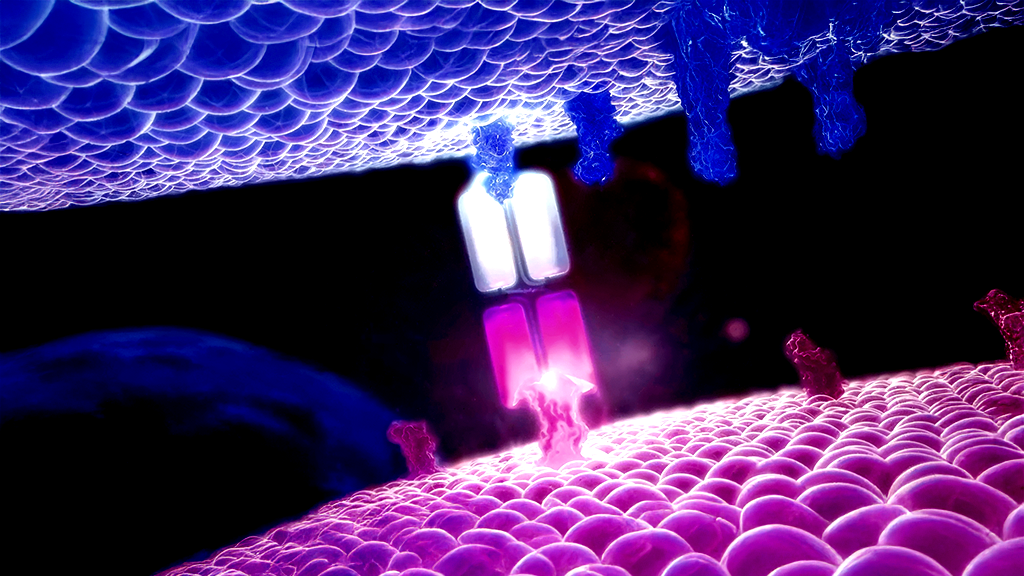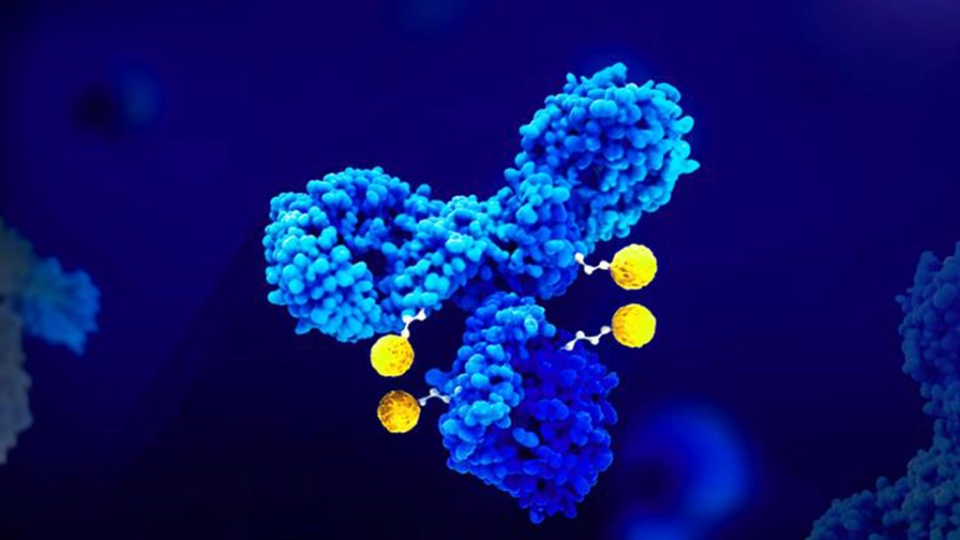The pacemaker market is estimated to achieve USD 5.1 billion by 2024 from USD 4.3 billion in 2017, at a CAGR of 2.1%. Pacemakers are medical devices that regulate the rate at which the heart’s chambers pump blood and are meant for persons who suffer irregular heartbeats. This can be caused by several variables, including environmental, genetic, and behavioral factors, or a combination of them.
Pacemakers are linked to longer lifespans and life expectancies in persons who have them implanted. On the other hand, electronic pacemakers are related to several issues, including their size. Even though current units can be as little as a grain of rice, some users find them difficult to wear. Pacemakers, as well as the wires that connect them to their power supplies, are implanted in the chest. This configuration increases the risk of pacemaker issues, including an infection or irritation around the wires, sometimes known as ‘leads’ and sudden battery failures. There are also cases of pacemaker lead corrosion and product recalls, both of which have resulted in impromptu pacemaker removal procedures for patients with whom any of these potentially deadly situations have afflicted. Even if the pacemaker works well and has no side effects, the battery will eventually wear out and need to be changed, which generally necessitates additional surgery.
To overcome these limitations for millions of individuals worldwide, battery-free implants might reduce the costs, medical hazards & inconvenience of having to replace a battery every 5 to 12 years.
Battery-Free Pacemakers
Rice University and THI-Texas Heart Institute researchers have developed a wireless and battery-free pacemaker that may be placed directly into a patient’s heart. Their device was presented at the IEEE’s International Microwave Symposium (IMS) in Honolulu.
University at Buffalo School of Engineering and Applied Sciences is creating a piezoelectric system that converts vibrational energy–created inside the chest by each heartbeat – into electricity, which is then utilized to operate the pacemaker.
Start-ups in the Production of Battery-Free Pacemakers

Key Products
Cairdac, a French start-up, offers an autonomous leadless transcatheter pacing technology. The pacemaker from the start-up has an energy harvesting module that can power the device without the need for external power. It works by harnessing the kinetic energy of the heart and synchronizing technology with cardiac rhythm. The architecture of the autonomous leadless pacing system shifts CRM – cardiac rhythm monitoring by overcoming the fundamental constraints of conventional pacemakers’ power restrictions.
Cairdac recently received a patent (US11045657B2) for a leadless capsule-type autonomous cardiac implant, which consists of an implant body with means for anchoring to a cardiac wall, an electronic unit, and an energy harvesting module with an energy storage component for powering the electronic unit, with the energy harvesting module adapted to convert into electrical energy.
VoltXon is a company working on a pacemaker that doesn’t use batteries. The company’s product, VX-P8, is based on graphene’s energy harvesting and storage technology. The energy harvested from the patient’s body is stored in bio supercapacitors. The technology developed by the start-up enables long-lasting cardiac pacemakers, which are a more convenient alternative to traditional battery-powered cardiac pacemakers, which only last a few years.
Recent Advancements
- According to a study, future pacemakers may be solar-powered rather than battery-powered. A subcutaneous solar module can collect a significant amount of energy even indoors because infrared light penetrates the skin well. The use of an energy buffer allows dark periods to be overcome.
- According to studies, a leadless cardiac pacemaker is completely bioresorbable, implantable, battery-free, externally regulated, and programmable. The device is made of materials that resorb in a time-controlled manner due to metabolic action and hydrolysis when exposed to biofluids.
- A biological supercapacitor, developed by UCLA and the University of Connecticut, is a bio-friendly energy storage technology that uses charged particles, or ions, from the human body’s fluids. The device is safe for the body’s biological systems, and it could lead to the development of longer-lasting cardiac pacemakers and other implantable medical devices.
- Researchers have developed the world’s first battery-free, wireless, totally implanted pacemaker that disintegrates when no longer needed. The thin, light device captures energy wirelessly from a remote antenna and is constructed of biocompatible materials that naturally incorporate into the body after 5 to 7 weeks.
How Can We Help You?
Ingenious e-Brain is a global provider of research services to the IP team, R&D team, and decision-makers from various verticals marketing, business development, etc. IeB can give detailed technology and IP snapshots in the domain of battery-free pacemakers. We can help companies know about developments, key players’ strategic movements, potential targets for acquisition or partnership, white spaces in the domain, players holding strong IP portfolios, and other details. In addition, to this, we can also help in competitive intelligence, product benchmarking, and many more.



